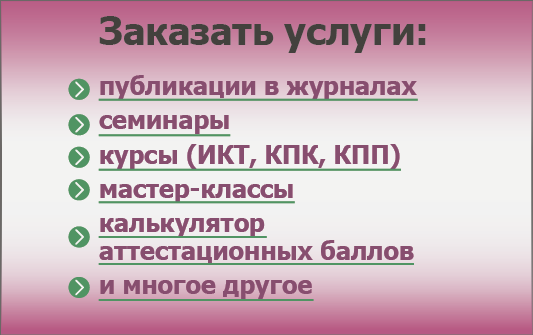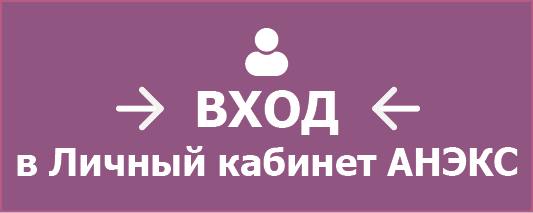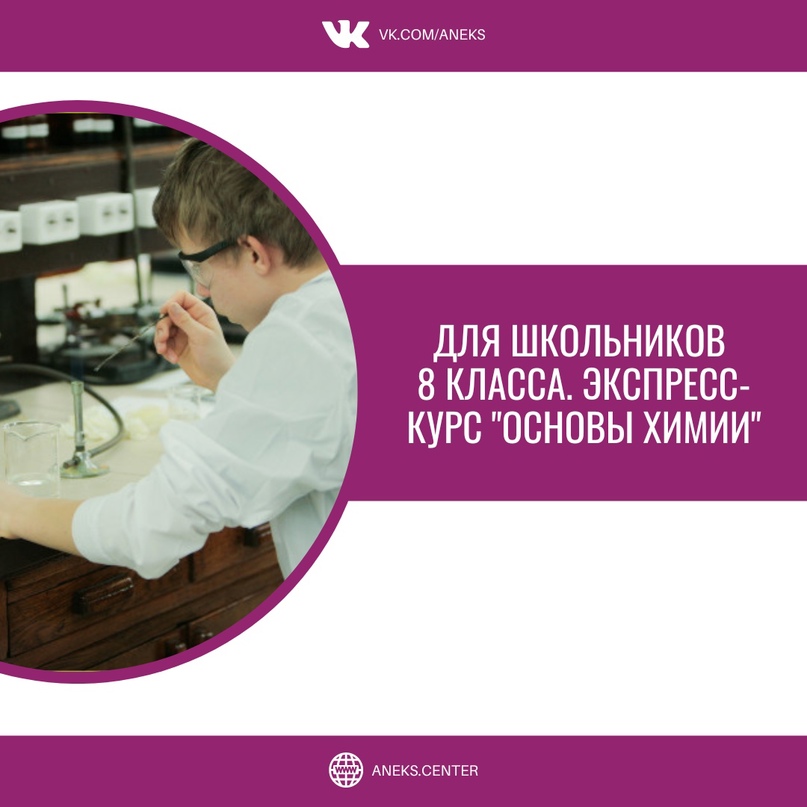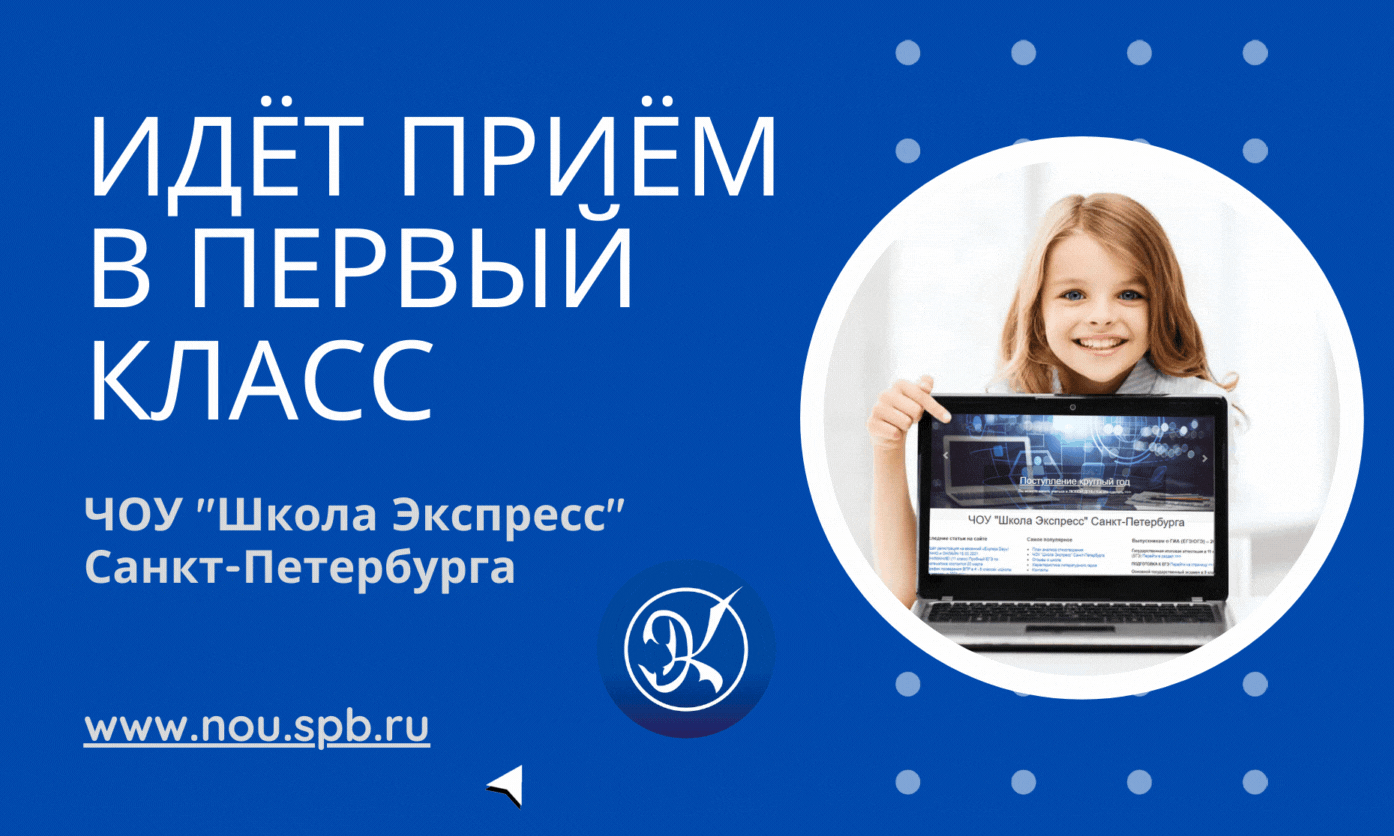Конспект урока
World animals (Мир животных)
УМК "Spotlight" ("Английский в фокусе") 5-й класс,
под редакцией В. Эванс, Ю. Ваулиной, Д. Дули
Ахмедова Лариса Владимировна
учитель английского языка
ГБОУ СОШ № 621
Санкт-Петербург
2012
Цели урока:
Обучающие:
1. формировать навыки чтения, аудирования и письма, повторить и обобщить формообразование и использовать в связной речи глаголы в Present Simple;
2. научиться описывать животных и рассказывать о жизни домашних питомцев;
Развивающие:
1. развивать память, смекалку и сообразительност
2. развивать навыки и умения во всех видах речевой деятельности;
3. развивать внимание и познавательную активность;
Воспитательные:
1. воспитывать любовь к животным;
2. воспитывать уважительное отношение к природе;
3. формировать потребности и способности к сотрудничеству и взаимопомощи при работе в паре.
Задачи урока:
1. отработать лексику по теме «Части тела животных» в связной речи при описании животных;
2. развивать умения монологической речи;
3. повторить и обобщить формообразование и употребление глаголов в Present Simple (отрицательная и вопросительная формы);
4. развивать умения аудирования с извлечением информации;
5. развивать умение вести диалог-расспрос по ситуации «В зоопарке»;
6. развивать умения письменной речи (описывать животное с опорой на образец).
.
Оборудование урока:
УМК; иллюстрации животных; раздаточный материал с заданиями по грамматике; презентация в Power Point, компакт-диск.
ХОД УРОКА
1. Организационный момент.
T: Good afternoon, dear boys and girls!
I am glad to see you .How are you ? (T→Cl).
What is the weather like today?
T: Great! So, let’s begin our English lesson. Look at the board, please. Can you tell me what we are going to speak about? (- About animals)
2. Фонетическая зарядка.
T: You are right. Let’s start our English lesson with a little poem about the zoo.
(слайд 2)
Tomorrow on Sunday we go to the Zoo.
Tomorrow, tomorrow we go to the Zoo.
There is a giraffe there and a zebra too,
A bear and a monkey, and a kangaroo.
3. Речевая зарядка.
T: Do you enjoy to go to the zoo? (T→Cl).
Do you often go to the zoo? (T→P1, P2)
What animals can we see there? (P1, P2, P3: Bears, tigers, lions…).
4. Основная часть урока.
1. Повторение изученной лексики и введение новой лексики по теме «Название животных».
1. T: Listen to the sounds. Which of the animals in the pictures can you hear?
(Ps: the monkey, the lion, the peacock, the elephant, the bear)
2. Повторение изученной лексики и введение новой лексики по теме «Части тела животных» - упр.2, стр.68.
1. Повторение пар прилагательных антонимов (слайд 3)
long – short; big – small; thin – thick
2. Введение лексики – названия частей тела животных (в сопоставлении с названиями частей тела человека)
nose – beak; toes – paws; hair – fur
mane tusks, trunk, feathers,
3. T: And now use new words and adjectives to ask about the animals in the pictures. (P1→P2→P3, etc)
P1: Which animal has got a trunk?
P2: The elephant. Which animal has got a thick mane?
P3: The lion. Which animal has got long neck?
P4: The giraffe.
Развитие умений монологической речи при описании животных (отработка и закрепление лексики по теме «Части тела животных» - работа в парах; открытки с изображением животных)
T: Describe any of the animals. But your task is to make one – two mistakes. Your partner corrects you. (P1→P2)
P1: The giraffe has got a short neck, short legs and a long tail.
P2: The giraffe hasn’t got a short neck and short legs. It has got a long neck and long legs.
4. Развитие умений поискового чтения – упр.4, стр.68
T: Well, let’s name animals we can see at the zoo. (Ps: bear, lion, crocodile, tiger, hippo, rhino, elephant …)
T: Now read the text to yourselves and say which animals are in the dialogue. (Ps: a rabbit, a monkey, a bear)
T: Ok. Now let’s read the dialogue aloud, please.
5. Развитие умений изучающего чтения (послетекстовое задание) – упр.5, стр.69
T: Now look through the text again and find the words in the dialogue for the underlined pronouns.
It has got a long neck. – the giraffe
They are noisy. – monkeys
I find them cute. – Ben
5. Повторение и обобщение формообразования и употребления глаголов в Present Simple (отрицательная и вопросительная формы)
T: Now let’s revise negative and interrogative forms of the Present Simple Tense. Read the table. What do we use to form these forms? (Cl: вспомогательные глаголы do / does).
T: Good! And now find examples of short answers, interrogative and negative sentences in the dialogue, please.
P1: Do you like the zoo?
P2: What does it look like?
P3: I don’t like brown bears.
P4: Yes, I do/he does.
5. Отработка употребления вопросительной формы Present Simple: общие вопросы и краткие ответы – упр.7, стр.69.
1. T: Good work. And now your task is to fill in the gaps with do, does, don’t or doesn’t.
1. do / do; 2) does / doesn’t; 3) do / don’t; 4) does / does)
2. T: You are very good at that. But now I’d like you to work in pairs. Your task will be to ask and answer each other’s questions.
(pair work – cards, см. приложение)
5. Развитие умений аудирования с выборочным пониманием заданной информации.
T: Now I’m going to propose you to listen to the text “Visit London Zoo”. Listen to this text attentively and your task is to complete the advertisement.
5. Развитие умений вести диалог-расспрос по ситуации «В зоопарке».
1. T: Look at the board. Let’s revise the names of the animals and describe features of the animals. (слайды 12 – 15)
P1: It’s a wolf. It’s beautiful, fast and angry.
P2: It’s a lion. The lion is proud, strong and handsome. It has got beautiful mane.
P3: It’s an elephant. The elephant is very big, friendly and strong. It has god very big ears, a long trunk and big tusks. Etc.
2. T: Now imagine you are at the zoo. You ask your friend if he likes the zoo and ask about the animals there. Describe the animal, give a reason why you like (don’t like) it. Look at the picture and act out the dialogue, please. These phrases can help you to complete the dialogues (слайд 16).
Do you like the zoo?
Can you go to Zoo with me?
Which one?
What does it look like?
Why not?
I find them… (clever, noisy, friendly) and so on.
5. Развитие умений описывать дикое животное с опорой на образец.
T: Your dialogues were very good. But now let’s try to write about a wild animal. Let’s do it together, please. Write its name, what it looks like, its colour.










